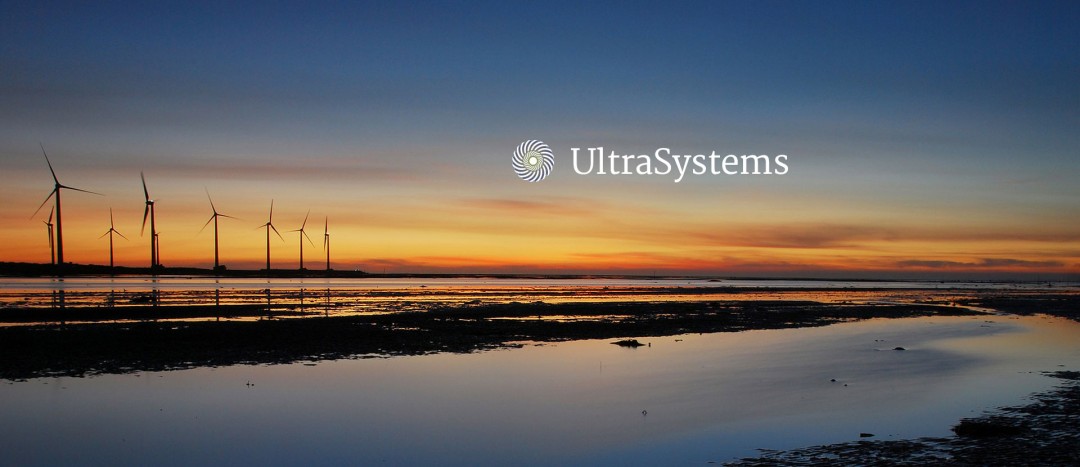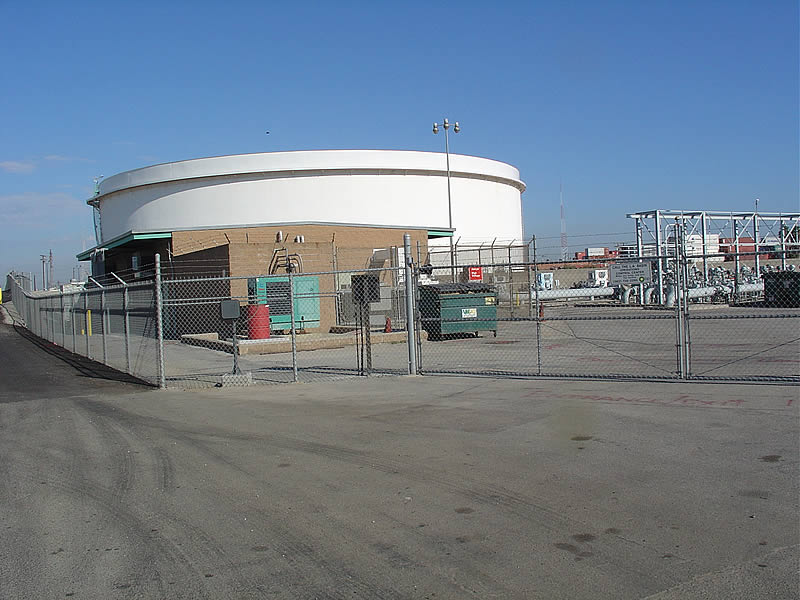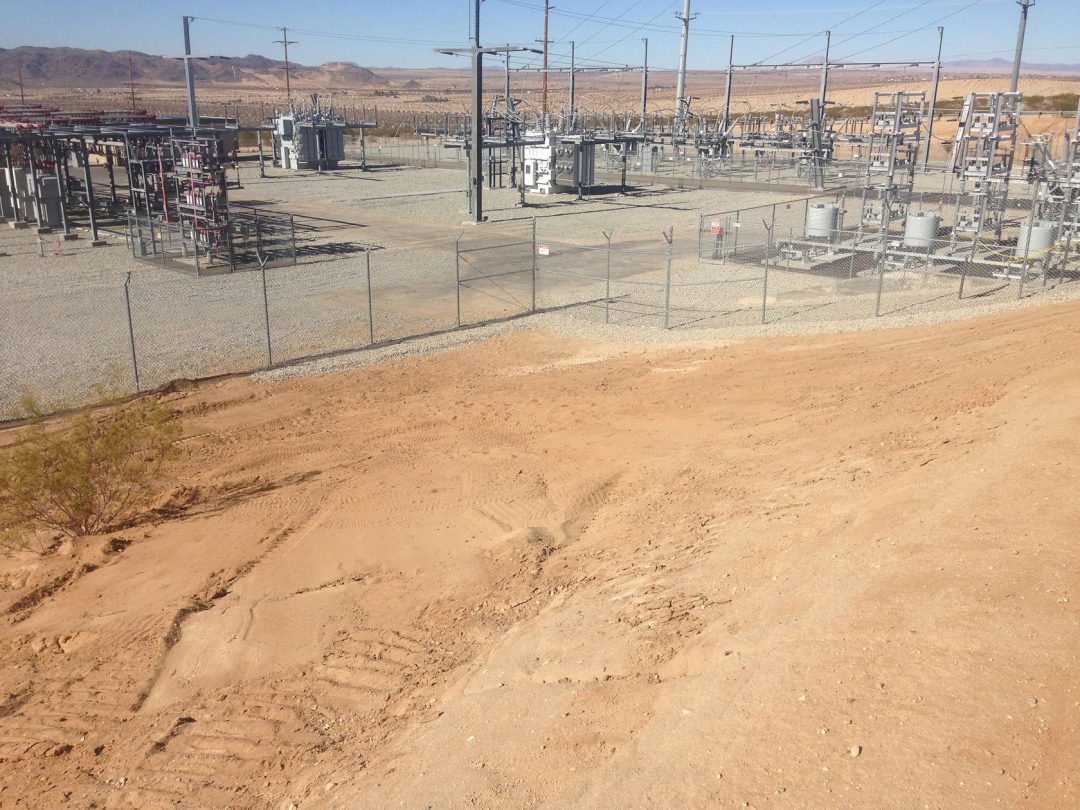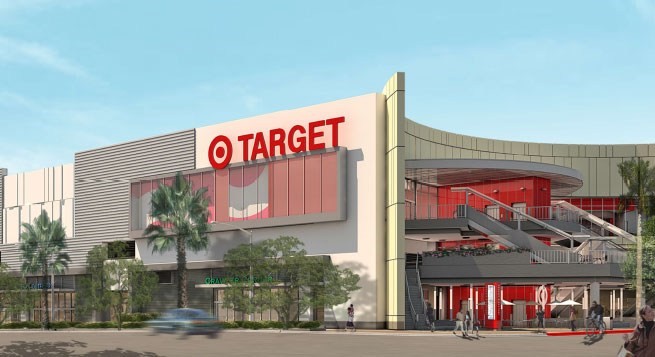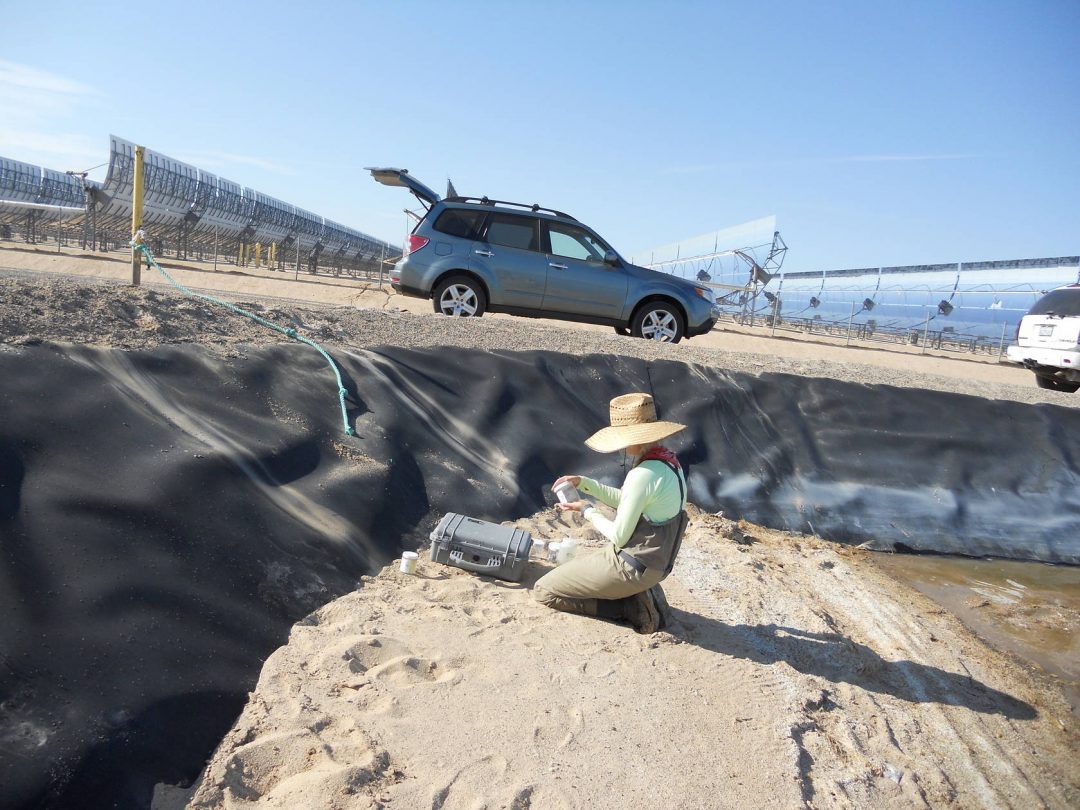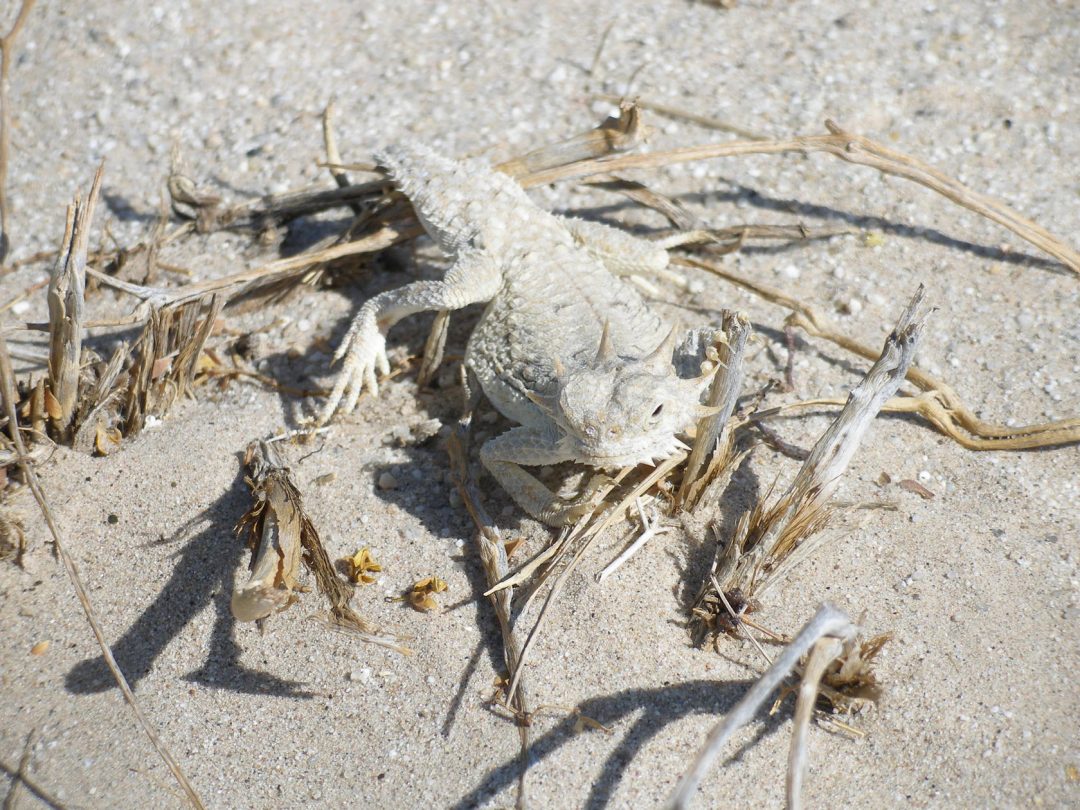BP Crude Logistics Optimization Project, Environmental Impact Report
UltraSystems, under contract to the City of Carson prepared an Environmental Impact Report (EIR) for BP West Coast Products, LLC. Being proposed, was the construction and operation of two 260-foot diameter covered, external floating, roof tanks to store crude oil at the BP Carson Crude Terminal, located in Carson, CA. Crude oil is received via a pipeline from the Port of Long Beach, and it is stored at the terminal before being refined at the BP Carson Refinery. The Crude oil is conveyed to the Port of Long Beach via supertankers that can only pump the oil for a given duration. The project involved the construction and operation of two new 500,000 barrel crude oil storage tanks, related piping and process control systems. More specifically, the City of Carson’s Zoning Ordinance requires approval of a Conditional Use Permit (CUP) for petroleum storage over 2,500 barrels.
In 1949, the County of Los Angeles approved Special Use Permit (SUP) No. 621 for refinery operations at the Carson Crude Terminal. In 1975, the City of Carson approved SUP No. 125-75 for construction of crude oil storage tanks. The proposed project would increase petroleum storage capacity at the BP Carson Crude Terminal by 1,000,000 barrels or 42,000,000 gallons. However, the crude oil volumes handled by the terminal would not change. The BP Refinery crude throughput would also not increase due to the proposed project.
The two new crude oil storage tanks are contained within individual earthen dikes that will each have a holding capacity of 110% of one-tank volume. The fire-suppression systems will include a fire water system with fire hydrants around the perimeter of the containment area. In addition, each individual tank will have a fire foam delivery system for suppression of a floating roof rim fire. The existing foam skid will supply the foam. The quantity of foam storage solution will be increased by approximately 10%, which is sufficient additional quantity to provide fire suppression for the new tank diameter.
UltraSystems analyzed the following topical areas within the EIR; they included:
- Air Quality
- Cultural Resources
- Geology and Soils
- Hazards and Hazardous Materials
- Noise
- Public Services
- Transportation and Traffic

